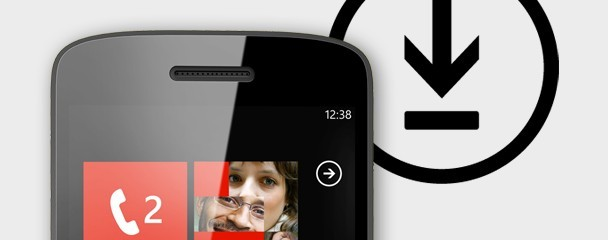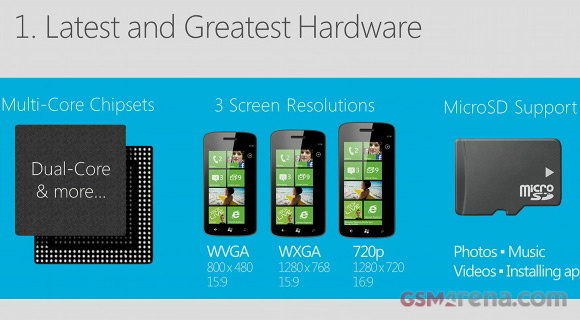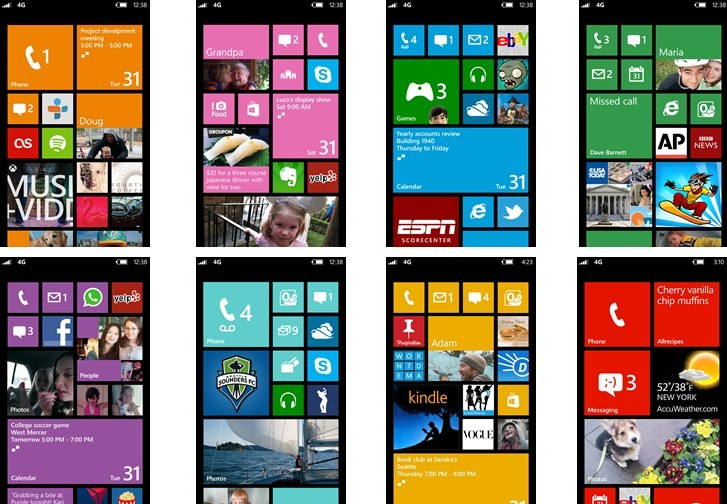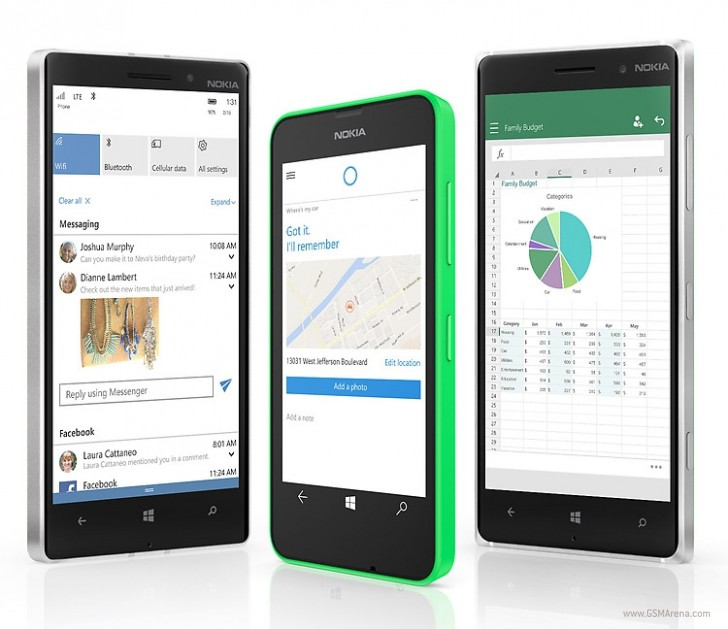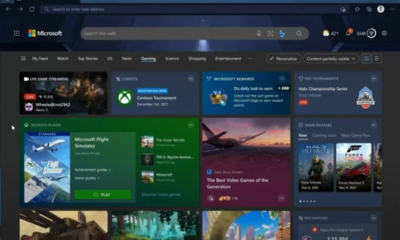Mobile Phones
Flashback: a decade of Microsoft’s failed attempts to conquer the phone market

Microsoft and Verizon somehow managed to kill the Kin phones twice. The first generation came out in 2010 and was designed by Danger – the company behind the Hiptop (aka T-Mobile Sidekick). Danger was home to the likes of Andy Rubin and Matias Duarte, which people familiar with Android history should know quite well.
We’ve covered the Kin story before, now we wanted to focus on what happened in the decade that followed. Well, Kin’s fate was sealed from the beginning it seems, since the Windows Phone 7 platform was announced in early 2010.
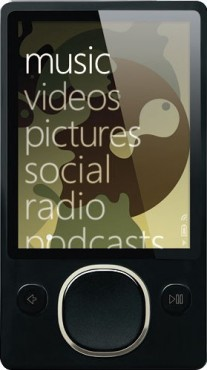

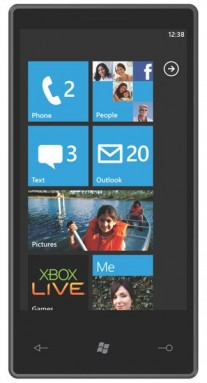
Evolution of Metro UI: 2nd gen Zune • Zune HD • Windows Phone 7
Originally Microsoft thought it could follow the same game plan as with Windows Mobile and indeed the PC – license the software, let others worry about the hardware. The company did set some requirements for the hardware, which held back early WP7 handsets. For example, only WVGA (480 x 800px) resolution was supported initially. There was also an approved list of chipsets, which made WP7 handsets lag behind Android in the CPU core count race.
Hubs were a core idea of Windows Phone 7
Despite all that, later in 2010 the first WP7 phones launched, hailing from several different makers – HTC, Samsung, LG and even Dell. All of them were already making Android devices, but now the maker of the dominant desktop OS (and one of the standout mobile OSes of years prior) had joined the game. Would this be the end of the fledgling Android OS? Well, with the benefit of hindsight, no, not at all. Since we’re on the topic of hindsight, Microsoft employees were a bit premature when they held a mock funeral for the iPhone, certain in the success of Windows Phone.
Let’s have a look at those early offerings. There was the HTC HD7, a successor to the legendary HD2. There was also the HTC 7 Pro, which packed a slide-out QWERTY keyboard, as did the HTC Arrive, which hearkened back to the “communicator” style devices that HTC was building in the early days. The HTC 7 Surround had a slide-out speaker instead, which was an odd choice, considering that the early versions of WP7 weren’t great for music (there was no equalizer for one).
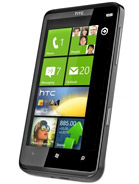


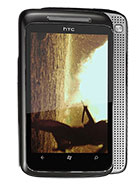
HTC HD7 • HTC 7 Pro • HTC Arrive • HTC 7 Surround
While HTC was responsible for most of the roster, there others too. Like a sequel to the Omnia from Samsung, the original being one of the more impressive Windows Mobile devices. LG chipped in its own famous smartphone brand, Optimus, with the LG E900 Optimus 7. The Dell Venue Pro looked like a reliable business phone with its vertical slide-out keyboard and its eyes set on the BlackBerrys.

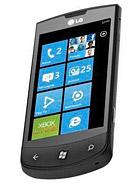
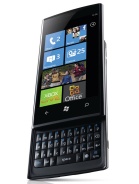
Samsung I8700 Omnia 7 • LG E900 Optimus 7 • Dell Venue Pro
For 2011 Microsoft managed to secure the collaboration of the biggest smartphone maker in the world – Nokia. The new Lumia series made its debut with the Lumia 800 and 710. Since the Finns were in a hurry, they reused most of the Nokia N9 hardware when making the Lumia 800. Those two were the only WP7 phones that Microsoft’s new key partner managed to deliver, which took some of the wind out of Windows Phone 7.
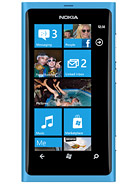
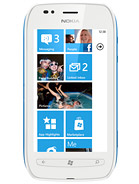
Nokia Lumia 800 • Nokia Lumia 710
Both were powered by the Snapdragon S2, one of the few chipset on Microsoft’s approved list. With a single CPU core it looked a bit underpowered for late 2011, considering that in May the LG Optimus 2X made it into the Guinness book of records as the first dual-core phone. This is one of the occasions where the limited hardware support was dragging WP7 down.
Of course, it wasn’t WP7 anymore, Microsoft released a new version dubbed Windows Phone 7.5 “Mango”. By September it was already rolling out to older devices and the Lumias came with it out of the box.
This is what the launch version of Windows Phone should have looked like – as we note in our review, it added important features like multitasking and Wi-Fi hotspot functionality, plus smaller ones like letting you pick a local file for a ringtone. By mid-2012 the update was effectively mandatory as the Windows Marketplace required v7.5 for downloads.
The original version 7.0 was woefully incomplete, but later in 2012 we found out that the situation was much worse – Windows Phone 8 was announced in June and soon it was confirmed that older devices will not be updated, leaving them stuck on the now defunct 7.x branch.
Why? Well, there was a reason WP7 phones were behind in the CPU core count race. Despite external similarities, the two OSes were very different on the inside – WP7 was based on the Windows CE core (which powered Windows Mobile before that), WP8 was based on the new Windows RT (which powered Windows 8 tablets). This is what enabled multi-core support, superior graphics with higher resolution screens, NFC and more.
As a consolation prize, the older phones were given the Windows Phone 7.8 update, which spruced up the UI, but didn’t address the core limitations of the OS.
We haven’t mentioned apps until now, but it is high time we do. Any new OS starts with a limited set of apps it can run, which is painful since smartphones are all about the apps. However, WP8 was so different than WP7 that software developed for the original phones from 2010 and 2011 just wouldn’t run on the new ones, forcing developers to start from scratch.
Moving on to 2013, Microsoft officially announced the acquisition of Nokia’s Devices & Services units. The €5.4 billion deal made Microsoft the leading manufacturer of Windows Phone devices as other brands had scaled back their involvement.
The deal closed in 2014 and in October a rebranding effort began to turn “Nokia Lumia” into “Microsoft Lumia”. Other manufacturers were still in the game, but only just – Lumia phones accounted for 90% of the phones using the platform at that point.
Microsoft soldiered on and in 2015 unveiled Windows 10, which was supposed to be the last version of Windows. Just a day later it announced the mobile version of the OS. This underwent some rebranding too, dropping the “phone” and going back to “mobile” – Windows 10 Mobile.
Unsurprisingly, a long list of Lumias were announced as the first devices to be updated to 10. Microsoft wasn’t going to repeat the same mistake and strand its users on an old OS while it starts from scratch.
The Lumia 1020, a Windows successor to the Nokia 808 PureView, was not invited to the party, however, that one was left at WP8.1. The Lumia 930 and the humongous (well 6″ seems compact nowadays) Lumia 1520 did go up to 10, however.
We’d like to circle back to 2012’s Lumia 920 for a moment (which was also stuck on WP8.1). It was the first phone with Optical Image Stabilization, aka OIS, which (at least according to Nokia itself) gave it PureView cred. It also did the multiple aspect ratio thing of the 808 where it could shoot both 4:3 and 16:9 images while losing as little resolution as possible. By the way, the promo campaign for the Lumia 920 got Nokia into trouble.
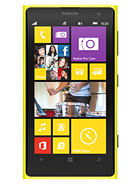
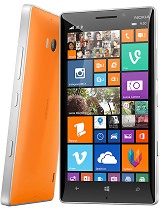


Nokia Lumia 1020 • Nokia Lumia 930 • Nokia Lumia 1520 • Nokia Lumia 920
Moving on to 2015, the Lumia well was drying up, but it went out with a bang – the Lumia 950 and 950 XL launched in late 2015. These were the best Windows phones ever made. However, there were only a handful of Lumias that launched with Windows 10 Mobile, the other two being the Lumia 550 and 650.
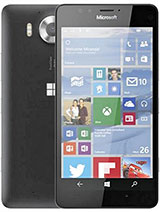
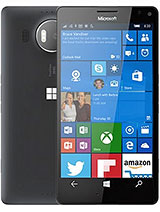
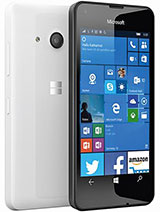
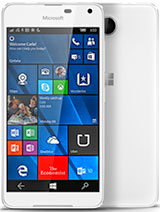
Microsoft Lumia 950 • Microsoft Lumia 950 XL • Microsoft Lumia 550 • Microsoft Lumia 650
The Lumia 650 launched in 2016 and was the last of its kind. In 2017 Microsoft pulled the plug on WP8.1 with Joe Belfiore saying that bug fixes and security patches will continue, but there will be no new features for the phones stuck on 8.x.
In January 2019 Microsoft started recommending that Windows phone users switch to Android or iOS. In December it officially waved goodbye, promising only to support Office apps for current devices until January 2021.
Microsoft had given up on making its own OS for smartphones, but it wasn’t out of the smartphone market yet. In 2020 it unveiled the dual-screened Surface Duo. It ran Android, but Microsoft heavily customized the UI with ideas of powerful split-screen multitasking. It wasn’t a foldable phone, but it touted some of the same advantages (and disadvantages).
This was followed by the Surface Duo 2, which improved on some early mistakes (especially around the camera, battery and the lack of a cover display), but these devices are still niche products instead of serious competitors on the market.

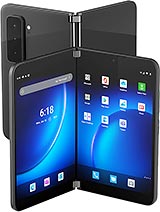
Microsoft Surface Duo • Microsoft Surface Duo 2
There was supposed to be a larger Surface Neo (with two 9″ displays), which was slated to run Windows 10X instead of Android, but with the same multitasking UI ideas. However, the project was delayed and later quietly canceled. As was Windows 10X itself, for that matter.
For what it’s worth, some of the work done on 10X was released with Windows 11 (10 really wasn’t the last version). Windows 11 can run ARM-based Android apps on x86 PCs and it can run x86 Windows apps on ARM hardware. Microsoft finally has the unified OS that it had been dreaming of, not that it would make a difference for its smartphone ambitions. These days Microsoft sees the smartphone market as an opportunity to sell apps and services, not phones.
Source: https://www.gsmarena.com/flashback_a_decade_of_microsofts_failed_attempts_to_conquer_the_phone_market-news-55159.php

